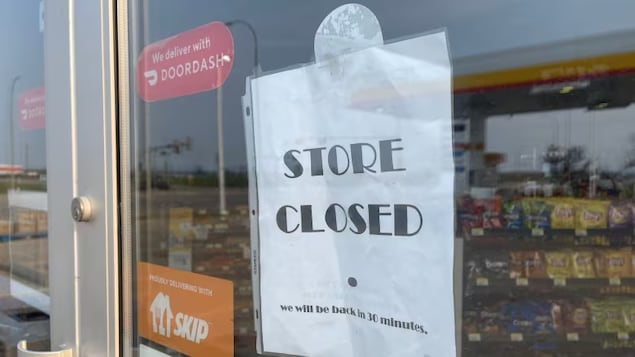The $8.6 billion business equals total coffee and coal exports, which add up to $3.091 million and $5.652 million, respectively. It is an influx of silent money that grew by an average of 24% in 2021 and will become one of the most important pillars of the Colombian economy in the next decade. Living off citizens sending money from abroad is a growing trend in regions such as the Southwest, the Coffee Region and Antioquia, remittances that account for more of their economies than traditional exports.
It is a fact that since the end of the nineties, millions of citizens have begun to immigrate to countries such as the United States, Spain, Germany, Chile, Mexico, Great Britain and Portugal, among the most attractive destinations for work and sending remittances to them. their families or employees in Colombia; As of 2010, the trend according to fashion has increased in many countries in the region and South Florida in the United States, Madrid, Barcelona, Spain or Mexico City become the hub of millionaire shipments of dollars and euros changed into pesos Colombians are multiplying at a rate of 17% annually, becoming a lifestyle For many families in Cali, Popayan, Pereira, Medellin, Armenia or Manizales, in particular.
That money, which last year amounted to nearly $8.6 billion, can be seen in a silent boom in exchange offices, the opening of international air routes from non-traditional regions, and the proliferation of domestic and international financial courier offices offering the service. Sending and receiving foreign currencies with very high commissions for those receiving money from abroad. Remittance business has not yet been embodied in the national accounts, despite the fact that it is important for finance, but there are no policies that make it an interesting, dynamic and essential sector of regional economies. The big problem is that the only temporal pattern found in the increasing transfers of money from abroad is uncertainty about the exchange rate and business cycles of the countries from which the resources are sent.
A Colombian abroad may have a job this month, but the other doesn’t, in such a way that the money he sends is erratic or stable in relation to the financial system, which, for example, has no significant role in that business which is still in the hands of entities or entities that are not Too formal, nothing to do with banking. Nor did they invent benefits in the form of consumer loans or mortgages for the beneficiaries in the state, which made the money received turn into pocket money that only exchange companies can benefit from. The goal should be to turn $8.6 billion annually into remittance money for families in need of banking.
Figures from Banco de la República show that the largest recipients of foreign exchange last year were Valle del Cauca, Antioquia, Eje Cafetero and Cundinamarca, which accounted for 65% of total remittances, with 5259 million USD in total. The most eloquent example is Cali, where more than $2,300 million was received, money beyond many exports, but no public policies based on that money and no ideas in banks to eventually reach the account holders.





